Minimal black and white art is a timeless and versatile style that has been popular for decades.
It is characterized by its simplicity, using a limited color palette of black and white to create striking and often abstract compositions. This style of art is popular in both traditional and contemporary settings, and can be used to add a touch of elegance, sophistication, and minimalism to any space.
The essence of minimalism is to create a sense of calm and serenity through the use of simple and uncluttered design. Minimal black and white art embodies this philosophy, using a pared-down color palette and simple forms to create a sense of harmony and balance.
This style of art is perfect for those who appreciate the beauty of simplicity and want to create a calming and serene environment in their home or office.
Key Takeaways
- Minimal black and white art is a timeless and versatile style that can add elegance and sophistication to any space.
- The essence of minimalism is to create a sense of calm and serenity through the use of simple and uncluttered design.
- Minimal black and white art embodies this philosophy, using a pared-down color palette and simple forms to create a sense of harmony and balance.
The Essence of Minimalism
Minimalism is an art movement that focuses on simplicity and the use of minimal elements to create a work of art. It emerged in the 1960s in New York and quickly gained popularity among artists who were looking to break away from the traditional forms of art. Minimalism is characterized by the use of geometric forms, repetition, and a limited color palette, usually black and white.
The essence of minimalism is to strip away all the unnecessary elements and focus on the core of the art. This means that minimalism is not about what is added to the art, but what is taken away. This approach results in a clean, uncluttered look that emphasizes the purity of the medium and material used to create the art.
Minimalism is often associated with black and white art. This is because black and white are neutral colors that do not distract from the essence of the art. The use of black and white also creates a strong contrast that emphasizes the minimal elements in the art.
Minimalism is not limited to a specific medium or style. It can be found in painting, sculpture, photography, and even architecture. Minimalist art can be abstract or representational, but it always focuses on the essential elements of the art.
Black and White Art Defined
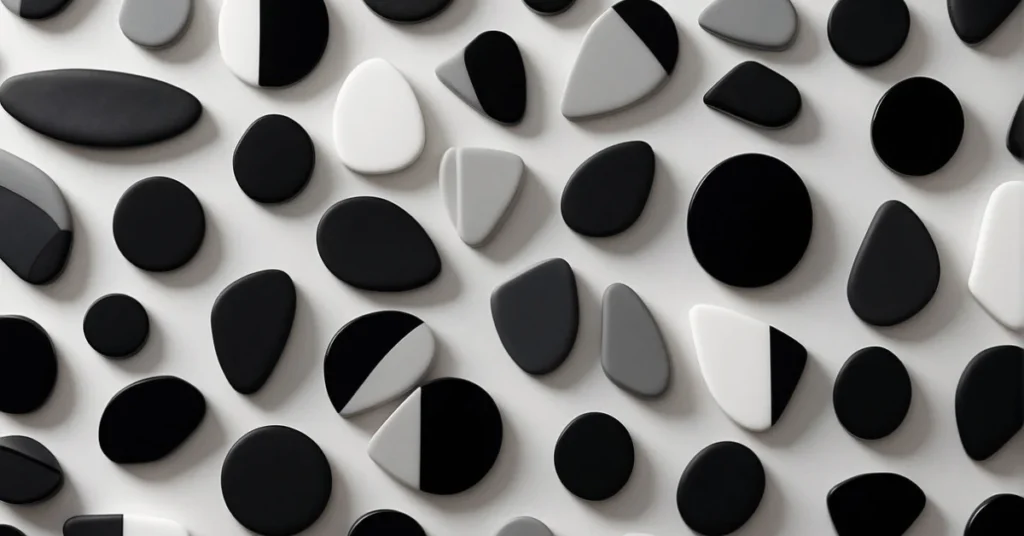
As the name suggests, black and white art is a form of art that uses only two colors: black and white. These two colors are used to create a wide range of artistic expressions, from simple line drawings to complex abstract compositions. Black and white art has been a popular art form for centuries, and it continues to be a favorite of artists and art lovers alike.
Black and white art is often associated with minimalism and simplicity. This is because the limited color palette forces the artist to focus on the composition and form of the artwork, rather than relying on color to create impact. This makes minimal black and white art a popular choice for minimalist wall art and abstract art.
One of the benefits of black and white art is its versatility. It can be used to create a wide range of moods and emotions, from somber and serious to playful and whimsical. This makes it a popular choice for black and white art prints that are used to decorate homes and offices.
In addition to its versatility, black and white art is also timeless. It has been used by artists for centuries, and it continues to be popular today. This is because black and white art is not tied to any particular time period or artistic movement. It can be used to create art that is both modern and classic.
Historical Context of Monochrome Art
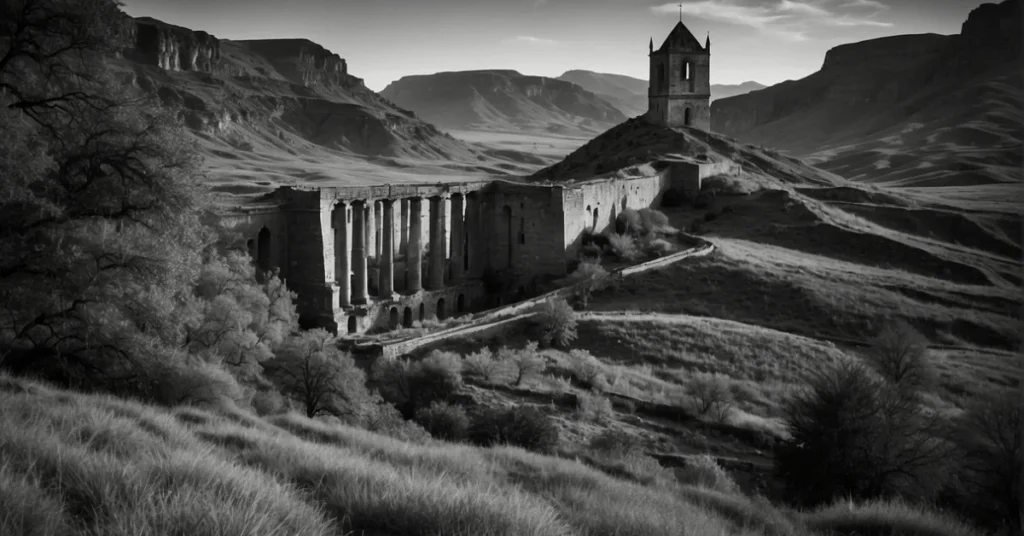
Monochrome art, also known as black and white art, is an art form that has been around for centuries. The term “monochrome” comes from the Greek words “monos,” which means “one,” and “chroma,” which means “color.” Therefore, monochrome art is an art form that uses only one color or shades of one color.
The use of monochrome in art has been around since ancient times. In fact, many vintage treasures that have been discovered from ancient civilizations, such as Greece and Rome, feature monochrome art. During the Renaissance period, monochrome art was used as underpaintings or preliminary paintings as artists continued to use monochrome as a means of improving their technique. Painting in black and white altered the formal and spatial perception of an image, which was useful in creating the illusion of depth in a painting.
In the 20th century, many artists began to experiment with monochrome art. One of the most famous artists who worked with monochrome was Kazimir Malevich, a Russian painter who is known for his work in the Suprematism movement. Malevich’s Black Square, which was painted in 1915, is one of the most famous examples of monochrome art. It is a simple black square on a white background, but it is considered a masterpiece of modern art.
Today, monochrome art continues to be popular among artists. Many contemporary artists use monochrome as a means of creating a minimalist aesthetic in their work. Monochrome art is also used in graphic design, fashion, and interior design.
Choosing Minimal Black and White Art
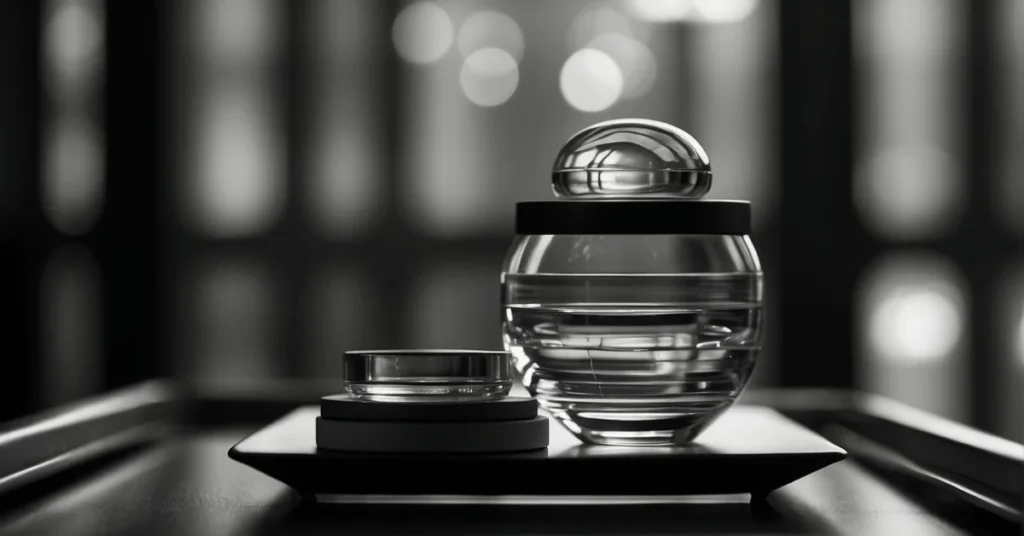
When it comes to choosing minimal black and white art, there are a few factors to consider. In this section, we will discuss how to determine the artistic quality and assess the aesthetic value of the art piece.
Determining Artistic Quality
The first step in choosing minimal black and white art is to determine the artistic quality of the piece. This can be done by evaluating the technique, composition, and execution of the artwork. Here are some key factors to consider:
- Technique: Look for precise and deliberate lines, shapes, and forms. Minimal black and white art should be clean and simple, yet carefully crafted.
- Composition: Consider the balance and harmony of the artwork. Minimalist art often features negative space, so pay attention to how the artist uses the space around the subject.
- Execution: Evaluate the overall quality of the artwork. Minimalist art should be well-crafted and polished.
Assessing Aesthetic Value
Once you have determined the artistic quality of the piece, the next step is to assess its aesthetic value. This involves evaluating the emotional impact and visual appeal of the artwork. Here are some key factors to consider:
- Emotional Impact: Consider the mood and tone of the artwork. Minimalist art can evoke a range of emotions, from calm and serene to bold and powerful.
- Visual Appeal: Look for a strong visual impact. Minimalist art should be visually striking and memorable.
When choosing minimal black and white art, it’s important to remember that personal taste plays a big role. Ultimately, the artwork should speak to you and resonate with your own sense of style and aesthetic preferences.
Overall, by carefully evaluating the artistic quality and aesthetic value of minimal black and white art, you can choose a piece that not only looks great, but also adds depth and meaning to your home or workspace.
Creating Your Minimal Art
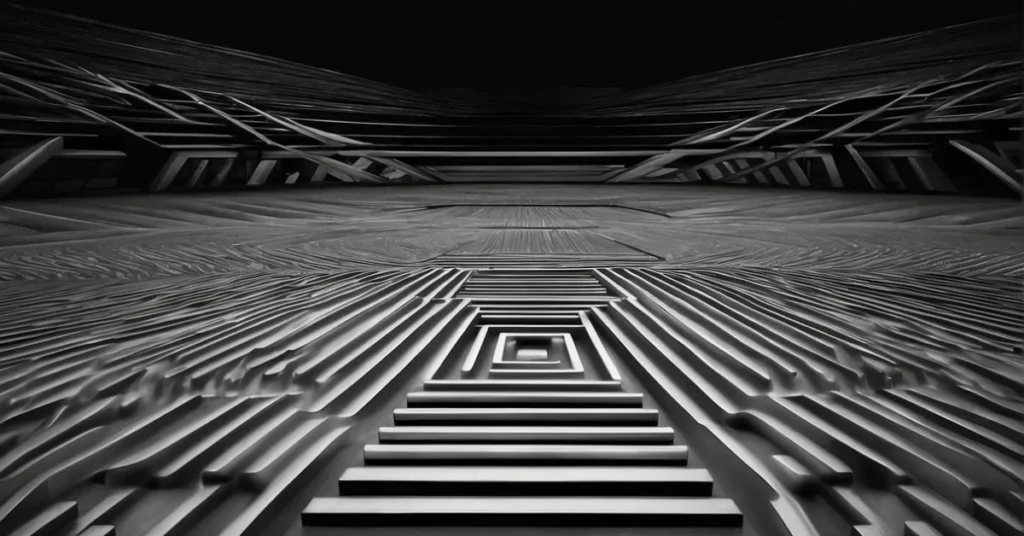
When creating your own minimalist black and white art, there are several techniques and materials that you can use to achieve the desired effect. In this section, we will discuss some of the most popular methods for creating minimalist art.
Techniques and Materials
One of the simplest ways to create minimalist art is to use only a few basic materials. For example, you can use black ink on white paper to create a striking contrast that draws the eye. Alternatively, you can use a combination of minimal black and white art paint on canvas to create a more textured effect.
Another popular technique for creating minimalist art is to use simple shapes and lines. This can be done using a variety of materials, including pencils, markers, and paint. By using clean lines and simple shapes, you can create a powerful visual impact that is both elegant and sophisticated.
Digital Creation Tools
If you prefer to create your minimalist art digitally, there are several tools that you can use to achieve the desired effect. One popular option is to use vector graphics software, such as Adobe Illustrator, to create clean, precise lines and shapes. Another option is to use digital brushes and textures to create a more organic, hand-drawn effect.
Regardless of the tools and techniques that you choose to use, the key to creating effective minimalist art is to keep things simple and focused. By using a limited color palette and a few basic shapes or lines, you can create a powerful visual impact that is both elegant and timeless.
Whether you choose to use traditional craft supplies or digital creation tools, the key is to experiment and find the techniques and materials that work best for you. With a little practice and patience, you can create stunning minimalist art that is uniquely your own.
Sourcing Minimal Art
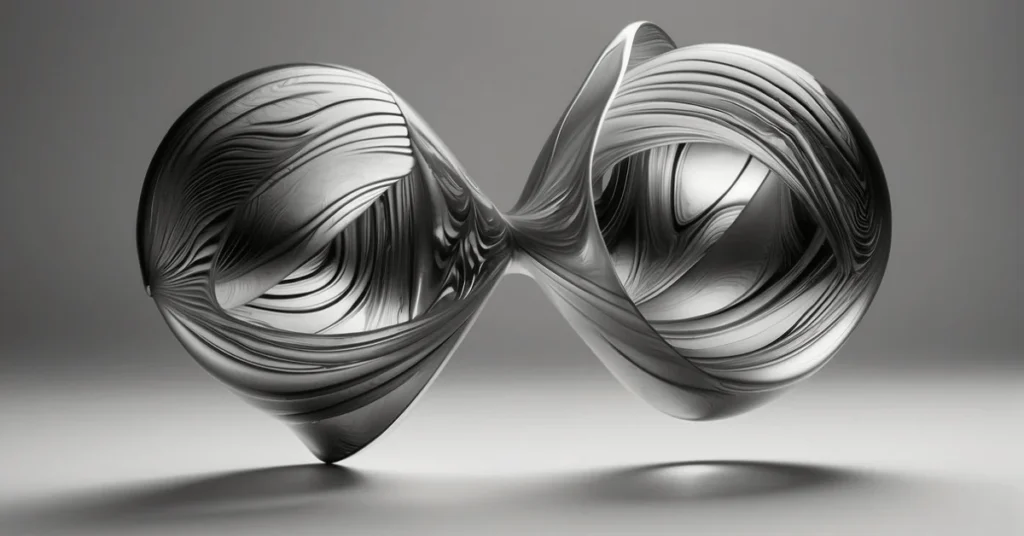
If you’re looking to add minimal black and white art to your collection, there are a variety of options available. In this section, we’ll explore two of the most popular ways to source minimal art: online marketplaces and local artisans.
Online Marketplaces
Online marketplaces like Etsy offer a vast selection of minimal black and white art from creative entrepreneurs and small businesses around the world. Many Etsy sellers offer free shipping on their handmade pieces, making it a convenient and affordable way to add to your collection.
When browsing Etsy, take the time to read the listing page carefully. Many sellers offer made-to-order items, which means your piece will be created specifically for you. This can result in a longer processing time, but ensures that you receive a unique and personalized piece of art.
Local Artisans
If you prefer to shop locally, consider visiting local artisans and galleries in your area. This is a great way to support small businesses and discover unique pieces that may not be available online.
When visiting local artisans, don’t be afraid to ask questions about their process and materials. This can give you a better understanding of the piece and its value. Additionally, many local artisans offer custom pieces, allowing you to create a one-of-a-kind piece of art that perfectly fits your space.
Overall, whether you choose to source your minimal black and white art online or locally, there are many options available. By taking the time to explore different avenues, you’re sure to find the perfect piece to add to your collection.
Displaying Black and White Art
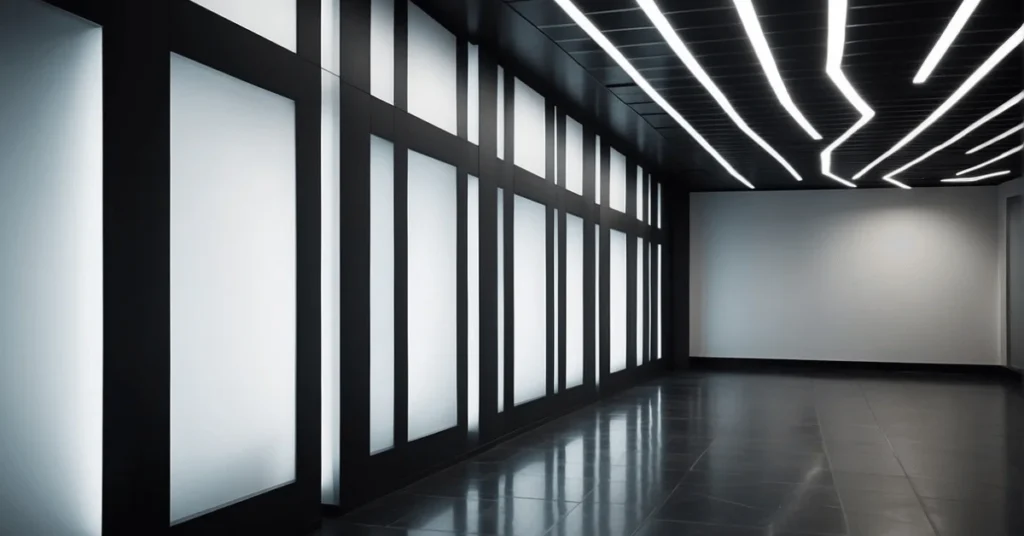
When it comes to displaying black and white art, simplicity is key. Minimalist black and white art is designed to be clean, crisp, and uncluttered. This means that the way you display it should be just as simple.
One option for displaying minimal black and white art is to use a simple black or white frame. This will allow the art to stand out without any distractions. If you want to add a little bit of contrast, you can use a frame that is the opposite color of the art. For example, if you have a black and white photograph, you can use a white frame to create a subtle contrast.
Another option for displaying minimal black and white art is to use a gallery wall. This is a great way to display multiple pieces of art in a clean and organized way. You can use frames that are all the same size and color, or you can mix and match for a more eclectic look. Just make sure that the frames don’t overpower the art itself.
If you want to create a more dramatic display, you can use a large piece of minimal black and white art as a focal point. This could be a large photograph, painting, or print. You can hang it on a blank wall to create a statement piece that will draw the eye.
Art Licensing and Usage Rights
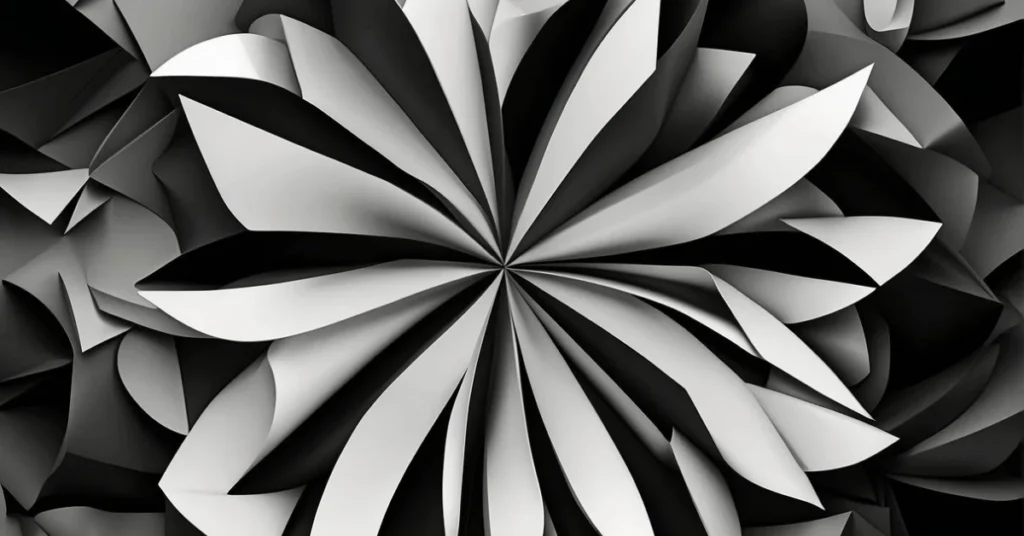
When it comes to minimal black and white art, licensing and usage rights are important considerations for both artists and those who wish to use their work. Licensing is essentially an agreement that allows clients to use the work for their required commercial purposes without paying for a copyright transfer. In this section, we will discuss the different types of licensing and usage rights and how they apply to minimal black and white art.
Royalty-Free Licensing
Royalty-free licensing is a popular option for those who want to use minimal black and white art for commercial purposes. This type of licensing allows the user to pay a one-time fee for the right to use the artwork without any additional royalties or fees. Royalty-free licensing is a great option for those who need to use the artwork multiple times or in multiple projects.
Stock Video Clips, Photos, Illustrations, 3D Objects, and Vectors
Stock video clips, photos, illustrations, 3D objects, and vectors are all types of minimal black and white art that can be licensed for commercial use. These types of art are popular because they are often less expensive than commissioning a custom piece of art. However, it is important to note that the usage rights for these types of art may vary depending on the licensing agreement.
Usage Rights
Usage rights refer to the specific ways in which the artwork can be used. For example, a licensing agreement may allow the artwork to be used on a website, but not in print materials. It is important to carefully review the usage rights before using any minimal black and white art for commercial purposes to ensure that the intended use is allowed under the licensing agreement.
Frequently Asked Questions
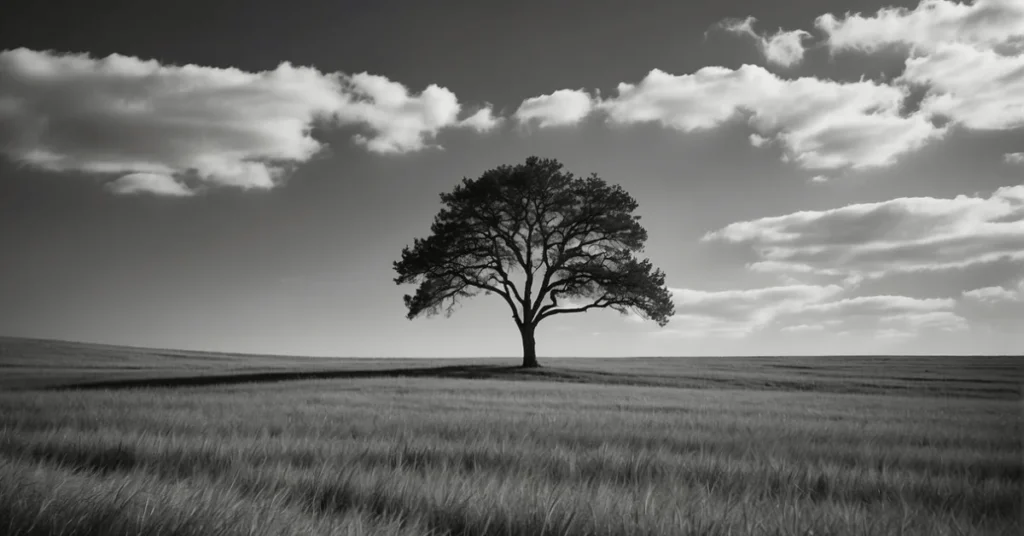
What defines minimalist wall art?
Minimalist wall art is characterized by its simplicity, use of monochromatic colors, and clean lines. It often features geometric shapes, abstract forms, or simple objects. Minimalist art aims to reduce elements to their essential features, creating a sense of calm and serenity.
How do I choose the best minimal black and white art for my living room?
When choosing minimalist black and white art for your living room, consider the size of the piece, the style, and the mood you want to create. Large pieces can make a bold statement, while smaller pieces can be arranged in groups for a more subtle effect. Look for pieces that complement your existing decor and reflect your personal style.
Can large minimal black and white pieces serve as a focal point in home decor?
Yes, large minimal black and white pieces can serve as a striking focal point in home decor. They can create a sense of drama and add visual interest to a room. However, it’s important to balance the piece with other elements in the room to avoid overwhelming the space.
What are the main characteristics of minimalist abstract art?
Minimalist abstract art is characterized by its use of simple, geometric shapes, monochromatic color palettes, and clean lines. It often features repeating patterns or shapes, and aims to create a sense of balance and harmony. Minimalist abstract art is often associated with the broader minimalist movement, which seeks to simplify and streamline design.
How has vintage minimalism influenced contemporary black and white art?
Vintage minimalism has had a significant influence on contemporary black and white art. Many contemporary artists draw inspiration from the minimalist movement of the 1960s and 1970s, which sought to reduce art to its essential elements. Vintage minimalism emphasized the use of simple shapes, monochromatic color palettes, and clean lines, which are still popular in contemporary black and white art.
What techniques are used in creating black and white minimalist photography?
Black and white minimalist photography often relies on techniques such as high contrast, strong lines, and negative space. Photographers may use lighting to create dramatic shadows and highlights, or use composition to create a sense of balance and symmetry. The goal is to create a powerful, striking image that captures the essence of the subject in a simple, minimalist way.
We’ve delved into the world of minimal black and white art, but now it’s your turn! Do you have any personal favorites or unique perspectives on the beauty of monochrome simplicity?
We’re eager to hear your thoughts and ideas. Share your artistic insights and join the vibrant conversation in the comments section below!


